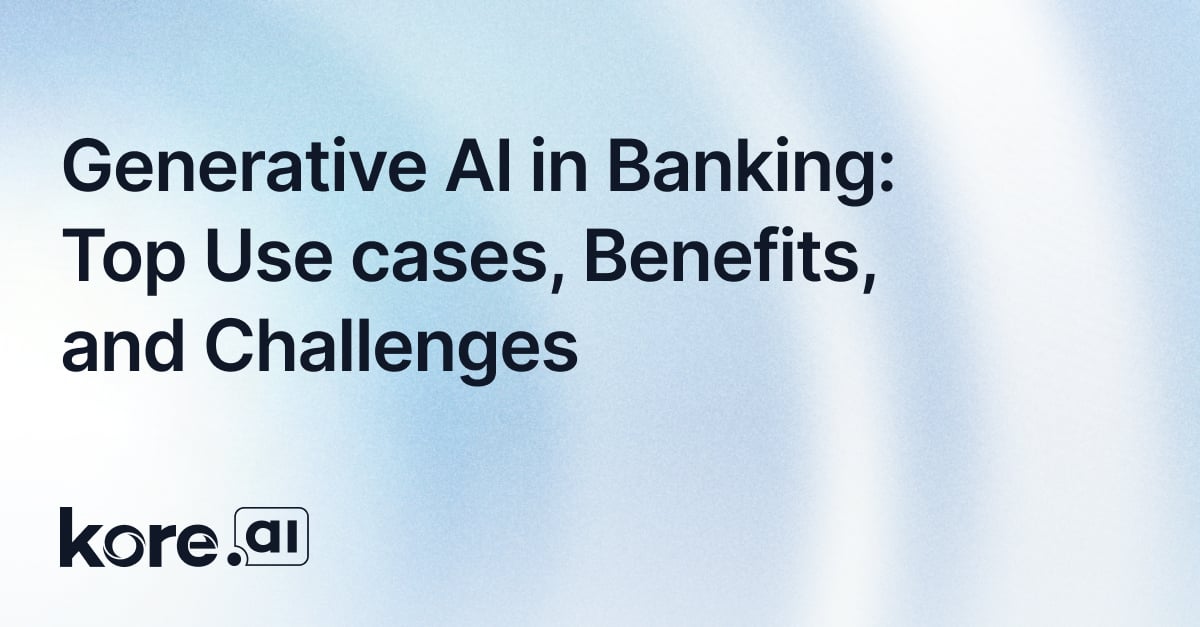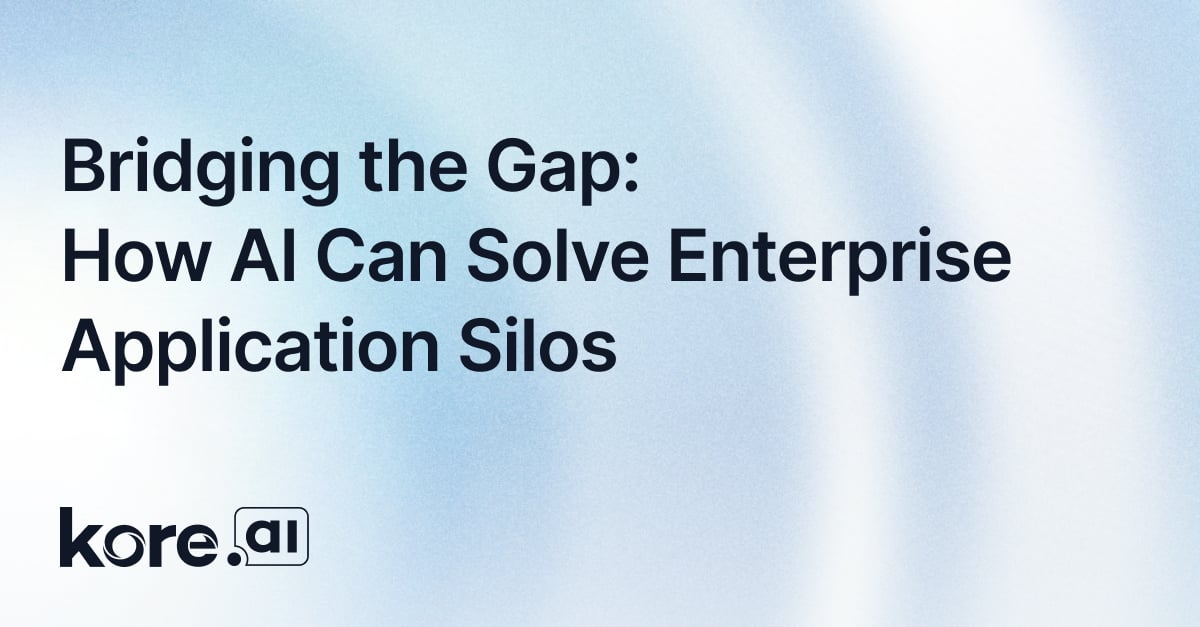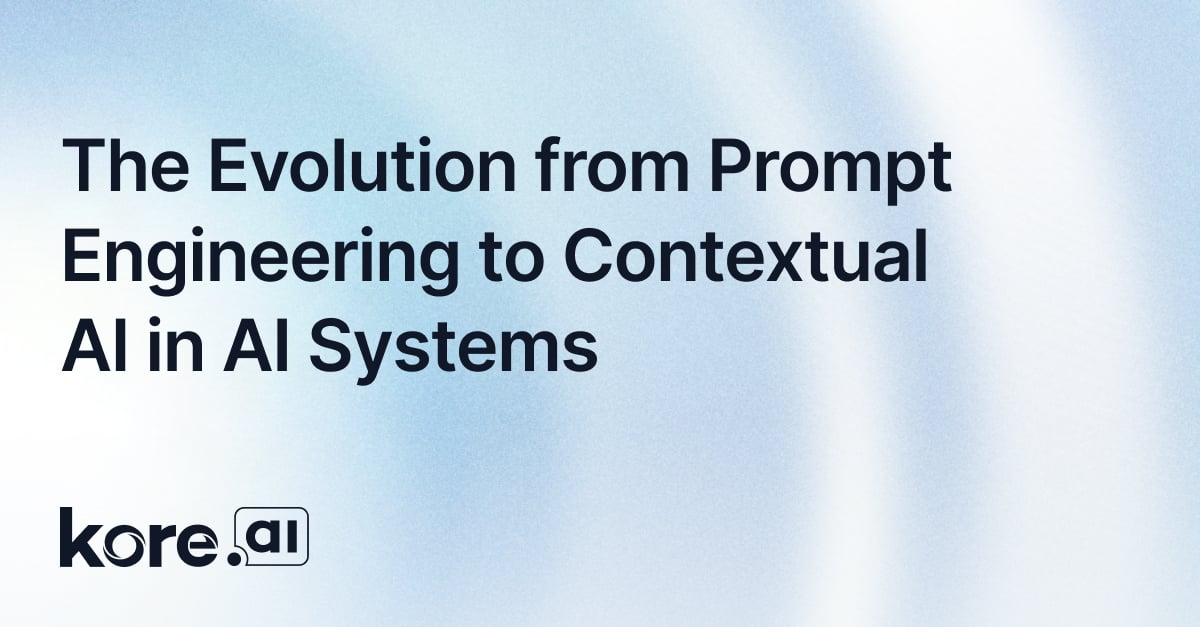Creating a sum positive work experience requires creating "consumer grade" employee experiences. But, today's workplace is riddled with clunky tools, ancient processes, and ridiculously long wait times. Clearly, this leads to bad experience and in turn more attrition. Sooner or later, organizations that don't focus on improving their employee experience will lose more people, customers and become victims of higher recruiting, training, and customer acquisition costs.
C-level executives are already acting on the golden sutra "Happy employees = Happy customers" and are doubling down their investment on tools, products and solutions that revitalize employee experience from its roots. CIOs are accelerating IT investments as they recognize the importance of flexibility and agility in responding to disruption.
Gartner Forecasts Worldwide IT Spending to Reach $4.4 Trillion in 2022
Organizations that have/are in the process of digital transformation are enjoying massive productivity and loyalty gains. This is a story about how employee experience plays a pivotal role in re-imaging businesses globally.
What is employee experience?
The term Employee Experience Management (EEM) was coined in 2008 by Dr. Kaveh Abhari, a professor at San Diego State University. Understandably, employee experience is what people at an organization experience as they go about their work. Successful businesses take care of their employees, empower them with tools that take the irk out of work, and create a culturally diverse and inclusive workplace that drives innovation. They enjoy benefits that go beyond the bottom line, some of which are:
- Enhanced employee productivity
- Better alignment with company's culture and business goals
- Happier customers and customer experience
- Reduced churn and attrition
But lately, as the nature of the workforce changes with hybrid and remote work, experience management and optimization has become more sophisticated. Siloed teams and data that run and operate their processes on multiple tools are creating an entangled experience. Focus has shifted from "I need tools that help me collaborate, organize, and manage work" to "I need a single tool that helps me be more productive on all fronts". Today's workforce demands a "single window service" that can empower employees with personalized, fast, reliable service - anywhere, anytime.
Thankfully, we live in times where technology has progressed enough to become a reliable companion to employees. With increased access to AI and natural language processing, conversational AI assistants like Siri, ALexa, Google Assistant, and Cortana have delivered ground breaking results in the consumer space.
The average person will have more conversations with bots than with their spouse.
And it's about time for employees to have a similar experience at their workplace.
Conversational AI in Employee Experience
AI has been around the workplace for a while. Existing solely as a CIO's passion project or a CTOs sandbox. But times have changed, and conversational AI has gone mainstream. Now, you might ask - what exactly is conversational AI?
Simply put, it's the technology that combines artificial intelligence with natural language processing to create interactive conversations between users and machines. The goal of conversational AI is to create an experience where people can have a natural conversation with computers, as if they were talking to another person. The use cases of conversational AI are vast, from automating repetitive tasks, assisting employees with complex queries, orchestrating workflows, recruiting, and enhancing employee engagement are just a few to get started. Some of the notable advantages of deploying AI over traditional interfaces include increased accessibility to knowledge and learning, higher engagement, and shorter wait times, so employees can do more of what they love.
What is conversational AI doing to elevate ITSM
Conversational AI has seen revolutionary outcomes in the e-commerce and consumer space. After realizing the potential, IT has just started embracing these trends. As employee expectations skyrocket globally, delivering faster service, modern technology, and a highly automated work environment is the way forward.
Some of the key areas of impact can be around:
- Responding & resolving issues around access
- Reporting incidents
- Proactive alerting & reporting capabilities
- Resolving IT problems proactively with predictive analytics
- On-demand self-service to deliver relevant knowledge base content and resolve user issues & questions
Employees aren't often tech savvy, getting locked out of their devices, creating incidents, requesting for hardware and software, or just having a query about something is a common and repetitive occurrence at the workplace.
Now generally, the employee has to login to the portal and create a ticket (or sometimes even commute to the IT or administrative block) and fill out a lengthy form mentioning the whole ordeal and then wait for a person to manually fix the issue.
Now let's say you bring Conversational AI to this rather painstaking venture.
- First, you're greeted by a friendly and empathetic virtual assistant that understands your problem
- Then, it collects all the information in a conversational manner and creates a ticket automatically in the backend with necessary information and sends notifications to the concerned agent/manager for an approval or resolution
- It enquires if you’re happy with the resolution, and let's say you’re not (coz why not? 😉) it will seamlessly hand you off to a live agent who can assist you with your problem.
Adding a layer of Conversational AI can make all the difference to your ITSM implementation. AI can open up to a lot of new possibilities and make the agents’ job easier, the experience of the user better and bring more value to the organization so that everyone wins.
Isn’t this the future we wanted?
What is conversational AI doing to enhance HR?
The workforce is evolving, and so is the role of HR. In today’s world, IT and HR are considered crucial for the success of a business. HR has to attract, engage and retain top talent while IT has to ensure employees receive fast service and resolutions to their queries and requests.
Bridging the gap between business and HR is not an easy challenge to solve. Struggles with payroll, policy, engagement, transparency, employee happiness, recruitment, and managing the ever changing workplace are challenges that give even the best of CHROs sleepless nights.
The notion - “We have to do more with less” resonates highly in the HR circles. And the reality is even more grueling. Imagine a small workforce (less than 100 people team) handling an enterprise with 10000+ employees.
These challenges, if left unchecked, would open doors to high attrition rates, poor performance by employees, low morale, and eventually impact the company’s bottom line.
Technology is playing a huge role in re-inventing HR. With Conversational AI, machine learning and natural language processing, technology is helping HR to take a more holistic and simplified approach to workforce management, recruitment, elevating culture, improving employee engagement, and predicting workforce changes and issues consistently.
Check out how AI can create long lasting impacts on employee experience in the following areas:
- Managing and automating global payroll
- Creating organization wide transparency with easy access to co-workers, knowledge, and policies
- Managing and rolling out geo-specific benefits
- Employee onboarding, training & offboarding
- Time off and time sheet management
- Recruitment
- On-demand self-service to deliver relevant knowledge base content and resolve user issues & questions
Choosing HR software that performs all core HR functions, and implementing it carefully and strategically within the context of organizations, can help organizations achieve productivity and profitability.
The Future of work is AI Powered
In a recent article, Forbes predicted that the future of work will be powered by AI. This is a huge shift from the traditional workforce, and it's one that will have a major impact on the employee experience.
This means that AI will increasingly be used to help employees with their work, including tasks like employee service, data entry, and even management. There are many advantages to using AI in the workplace. For one, it can help improve employee experience by making work easier and more efficient.
The possibilities are endless. And as AI continues to evolve, so too will the workplace. So if you're looking to stay ahead of the curve, it's time to start considering how AI can power your workplace.
At Kore.ai, we build cutting edge conversational AI products and solutions that integrate, accelerate and elevate your employee experience. We’re a global leader in the enterprise conversational AI platforms and solutions landscape. We help businesses deliver exceptional customer and employee experiences worldwide. More than 200 global 2000 companies trust Kore.ai’s experience optimization (XO) platform and industry solutions to automate their interactions and achieve extraordinary outcomes for over 200 million users worldwide.
Visit kore.ai to learn more.










